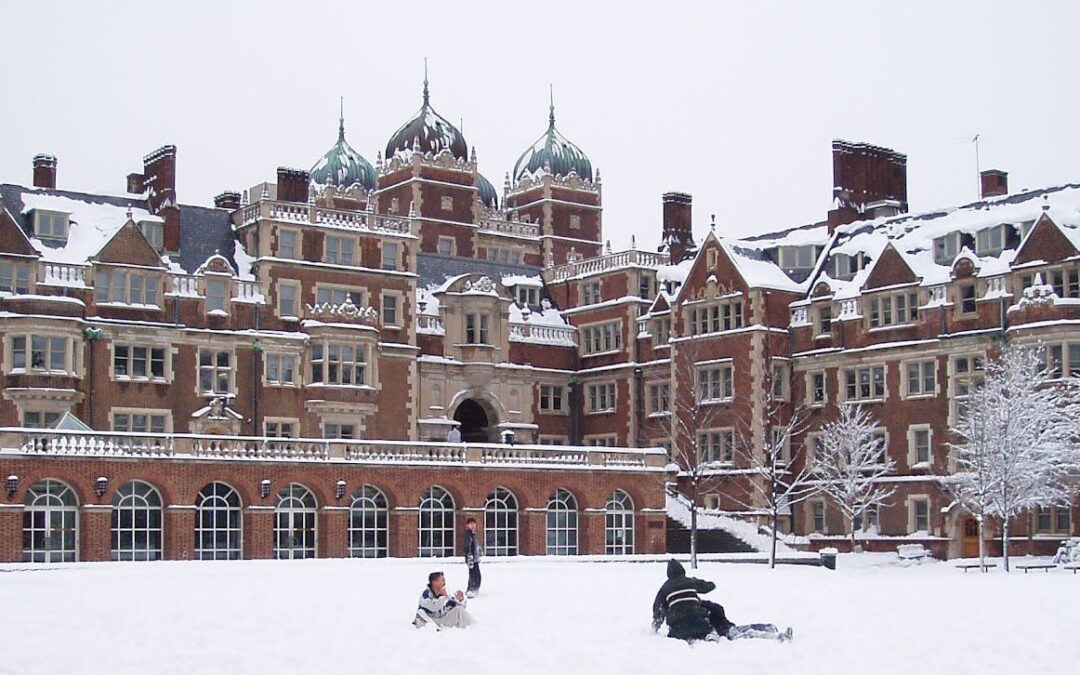A while back I wrote a blog on the Institute of Classical Architecture and Art’s indiscriminate use of “classical” and “traditional.” More recently I’ve been writing an essay about the origins of the American campus and the Collegiate Gothic style. I was reading the chapter on “Educational Groups” in The American Vitruvius, Werner Hegemann and Elbert Peets’s “Handbook of Civic Art,” published in 1922. It’s clear that at that time classicists did not consider Gothic to be an acceptable style. “Some recent designs for the grounds of colleges and similar institutions have abandoned both American tradition and the classic forms from which American tradition is derived and have elected Gothic and Elizabethan forms instead, which have no roots in the traditional art of this continent,” wrote the authors. Pointedly, they did not include prominent Collegiate Gothic buildings such as Cope & Stewardson’s Quadrangle at Penn (above), or Ralph Adams Cram’s Graduate College at Princeton.
Is classicism the only American tradition? I think one could make a good case that the Gothic is as much rooted in early American history. Examples include Trinity Church in New Haven (1812), Richard Upjohn’s Trinity Church in New York (1840), and James Renwick’s St. Patrick’s Cathedral (1859). Cram certainly considered Collegiate Gothic to be a part of America’s cultural heritage. Describing Penn’s Quadrangle buildings he wrote: “First of all, let it be said at once that primarily they are what they should be: scholastic in inspiration and effect, and scholastic of the type that is ours by inheritance, of Oxford and Cambridge, not of Padua or Wittenberg or Paris.” I suspect that in Cram’s mind, the inheritance of Anglo-Saxon culture trumped that of imperial Rome.


